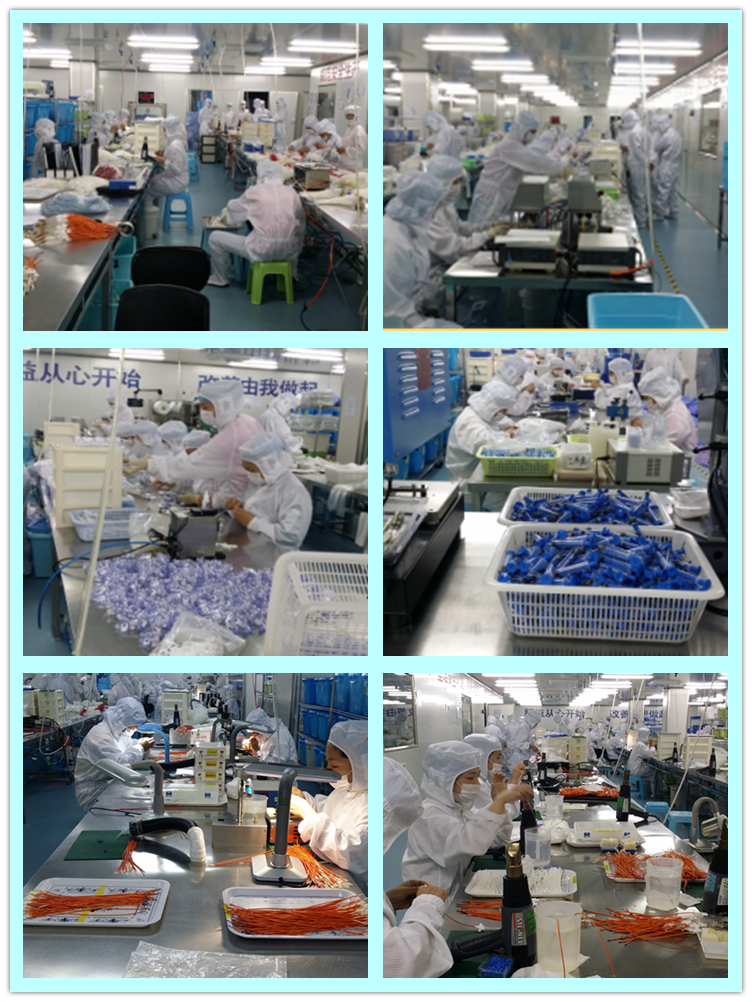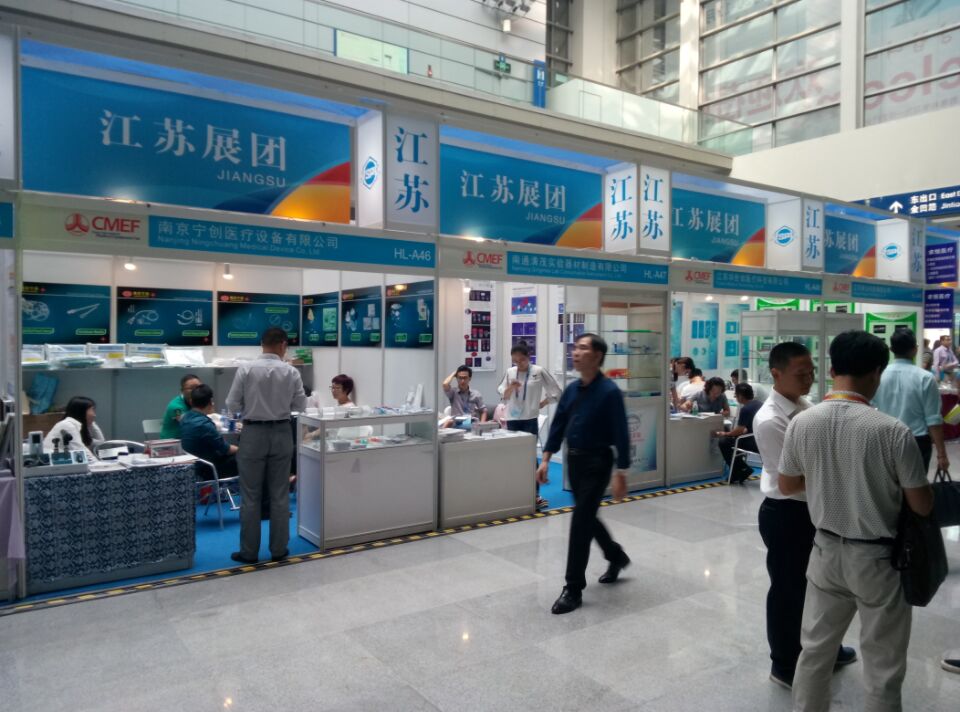Experts Answer Peach Production Several Technical Problems
At the training conference of the national peach industry technical system Shijiazhuang Comprehensive Experimental Station, on the issue of peach production technology, the fruit farmers and peach expert Jiang Quan conducted an on-site question and answer. Several questions that are generally concerned are summarized as follows:
1. How to choose a good variety?
Jiang Quan: Choosing a variety can't just look at immediate benefits. It depends on whether it's welcomed by the market within 5 to 10 years. The excellent traits of the varieties must stand out without obvious disadvantages, otherwise it will increase the planting costs. In most of the propaganda of seedlings, there is no publicity on the cold resistance and the amount of cold needed. When selecting varieties, growers must pay attention to these two factors and pay attention to the adaptability of rootstocks. Especially this year, many varieties suffer from freezing injury. In addition, pay attention to the size of the pollen and the length of the frost-free period in the mature period. The selection of foreign varieties should be cautious. Under the same conditions, the species bred in China should be selected, and its adaptability is strong. For example, the Japanese variety Ryohoku Baifeng Peach, which was selected in some places in previous years, had no problem in the first three years after planting, and the phenomenon of dead tree appeared three years later.
2. At present there are no traits good oysters peach varieties?
Jiang Quan: At present, there are no large-fruited varieties of good oil peaches. It is difficult to meet the requirements for large-scale planting of existing varieties, and it can be developed in small quantities to meet special consumer needs.
3. Is there a good way to prevent yellowing?
Jiang Quan: There are many causes of peach yellowing. After the iron-deficient, high-pH, heavy-weight soils and roots are damaged, the peach leaves are prone to yellowing. Control methods: First, increase the organic fertilizer, reduce the amount of chemical fertilizers, organic fertilizer to be fully fermented, add appropriate amount of ferrous sulfate during fermentation; Second, after peach leaf spreading period, the leaf spray 0.3% ferrous sulfate plus a little cane sugar And citric acid, even spray several times, for a slight yellowing of the tree, have a certain effect. The third is to minimize damage to the root system.
4. How to solve the peach problem?
Jiang Quan: This is also a worldwide problem. The cause of serious rickets has not yet been clearly identified in the industry. Prevention of rickets, first, as much as possible, when the dumplings, planting grass crops such as corn better. The second is to plant large seedlings, preferably 2 to 3 years old or more seedlings. Third, we should stagger the original planting hole, try to dig the big hole, all the roots of the original peach tree were dug away, and all the remaining roots were clean. The fourth is the use of anti-double-branched rootstocks, but due to the current aphid-resistant rootstocks that are vegetatively propagated, the cost is high. Rootstocking can be done on anti-heavy rootstocks to reduce seedling costs. Other methods include the use of anti-congestion agents, but currently anti-cone agents are in the experimental phase.
5. How to control the freezing peach trees?
Jiang Quan: There have been various degrees of frost damage in peach trees throughout the winter and spring, and corresponding measures should be taken according to the severity of frost damage. So far, the degree of frost damage has not yet been fully demonstrated. For trees with lighter freezing damage, thinning and thinning of fruit should be carried out later, and budding water should not be poured. For saplings with severe freezing injury, flowers and fruit are kept as little as possible to enhance the tree vigor. Do not rush to cut trees for frozen trees. Some trees can repair themselves.
Antimicrobial central venous catheters are discussed as a device to reduce catheter-related infections. Previously we have reported a study with 223 adult surgical patients randomized to receive either a rifampicin-miconazole-loaded Central Venous Catheter (CVC) (n=118) or a standard CVC (n=105). The antimicrobial CVC was shown to reduce catheter colonization (CC) and catheter-related local infection (CRI) significantly even at long-term catheterization. Here, we present further evaluation of the study focusing on possible benefits for high-risk patients. Subgroup analyses showed a pronounced reduction of CC and CRI in male, overweight and oncology patients. Important covariates were skin colonization for CC and oncological disease for CRI. Odds ratio (OR) for reducing CC was 0.076 (95% CI: 0.016-0.360) and CRI was reduced from 26% to 2.3% (p=0.001) in the cancer subgroup. Ex vivo long-term antimicrobial activity of modified catheters exceeded 4 weeks.
*Related Products:Anti-microbial Central Venous Catheter Kit,Anti-microbial Central Venous Line Kit.



Antimicrobial Central Venous Catheter
Anti-Microbial Central Venous Catheter,Anti-Microbial Central Venous Line,Central Venous Line,Anti-microbial Central Venous Catheter Kit,Anti-microbial Central Venous Line Kit
Anesthesia Medical Co., Ltd. , http://www.sinoanesthesia.com